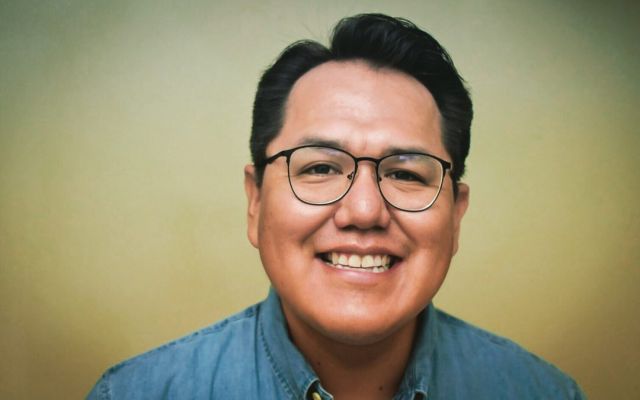
American Indian Science and Engineering Society (AISES) member Aaron Yazzie is featured in the latest issue of Native Business magazine. The NASA engineer, who got scholarships through AISES, built the pressure inlet for the unmanned InSight (Interior Exploration using Seismic Investigations, Geodesy and Heat Transport), which touched ground on the surface of Mars last year.
Yazzie has been actively involved with the American Indian Science and Engineering Society (AISES) since high school, Native Business said.
“Every step of the way, the organization was helping me. I got a scholarship for college and internships through AISES. Two of those were at NASA centers. Having those two internships at NASA centers really helped me when I applied to NASA’s Jet Propulsion Laboratory (JPL). I met the recruiter for JPL at the AISES conference,” Yazzie said.
AISES has awarded over $11 million in academic scholarships to American Indian STEM students. Through scholarships and internships, workforce development and career resources, national and regional conferences, science fairs, leadership development, and STEM-focused programs.
According to Native Business, Yazzie started working for NASA’s Jet Propulsion Laboratory (JPL) in 2008. Today Yazzie is focused on the next Mars Rover.
“The Rover is going to drive around and drill into rocks and scoop up soil samples and save them, so that eventually we can bring them back to Earth. It’ll be the first time that we bring anything back to Earth from Mars,” he told Native Business magazine.
“My family is from Tuba City, [Arizona] and every time I go back, it looks so similar. That’s something that I’ve been learning — that Earth and Mars are not that different,” Yazzie told Native Business.
“Earth and Mars are both the same type of planet; they are both rocky planets; they have the core, the mantle, and the crust; and the landscape that exists there developed the same way that ours did. That’s the way that I like to explain it to other Navajos, in order to bring it home and show that it’s relevant to them. When we study Mars, we’re studying ourselves.”
The U.S. Army Corps of Engineers has been tasked with…
Brown and Caldwell, a leading environmental engineering and construction firm,…
Humboldt State University, one of four campuses within the California…